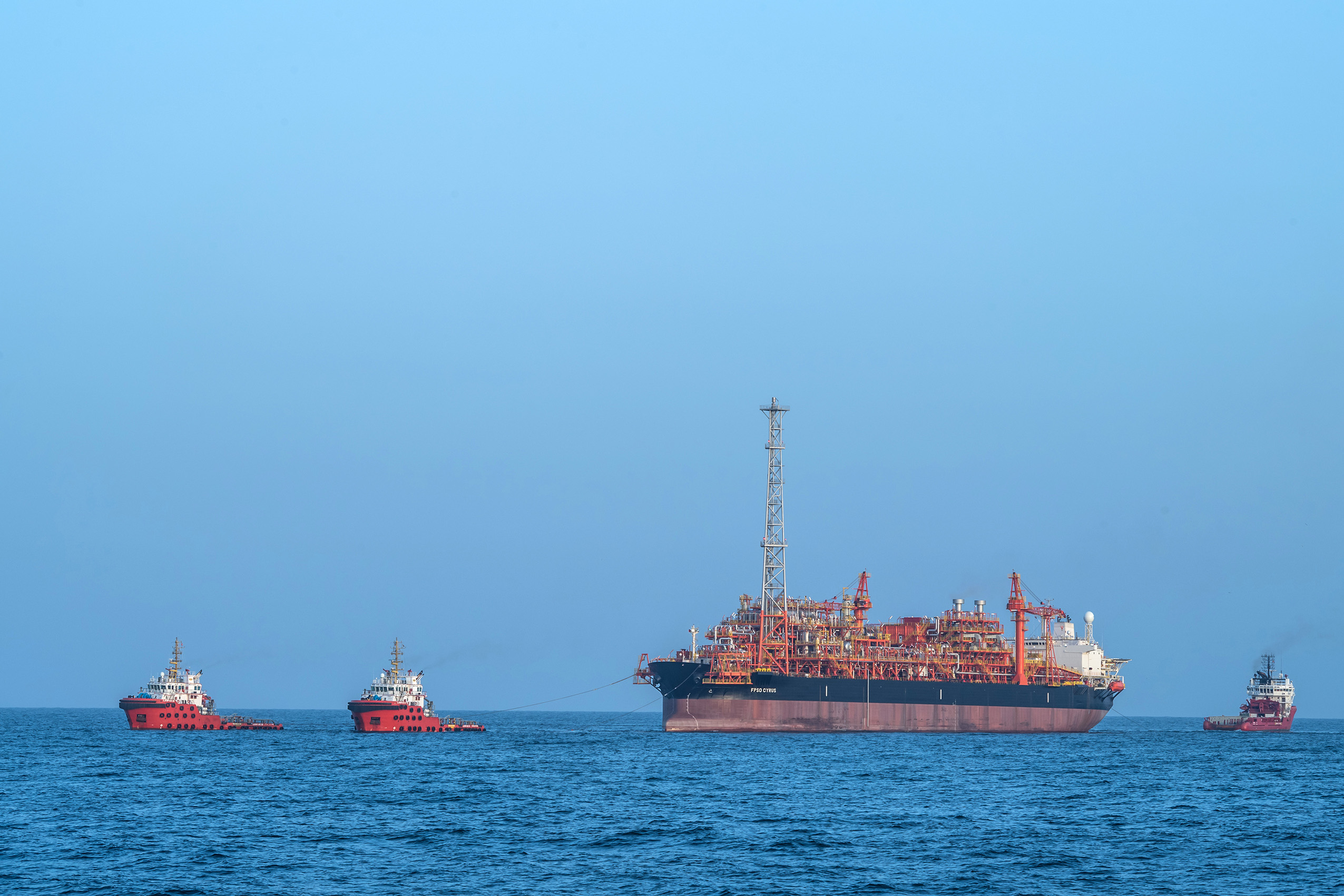After years of waiting and speculation, Iran drew its first barrel of crude oil from the giant South Pars Gas Field in the Persian Gulf nearly five months ago. Now the country plans to expand oil exploration in the world's largest gas field.
Fardin As'adi, who oversees the development of the South Pars oil layer, said the layer is estimated to contain up to 12 billion barrels of light crude, but new explorations could potentially increase the in-place reserves.
"Qatar is drawing crude from the gas field from six layers. Therefore, it is also possible for us to find more amounts of crude by tapping into deeper layers of South Pars, but it requires further explorations and assessments," the official was quoted as saying by the National Iranian Oil Company's news portal on Sunday.
The oil layer of South Pars is located 130 kilometers off Iran's coast in the Persian Gulf. According to As'adi, the oil layer is adjacent to several oil deposits in the Persian Gulf, including Sepand in the southwest, Hamoun in the northeast and Balal in the southeast.
"Developing the oil layer of this joint reservoir is strategically important and requires the planning and development of several phases," he added.
Iran began to draw crude oil from South Pars in March using a floating production storage and offloading vessel, named FPSO Cyrus. The FPSO has the capacity to load 30,000 barrels of crude per hour, or more than 700,000 barrels a day. However, Iran currently pumps around 25,000 daily, as it seeks to maximize production over a longer period.
"To maintain the pressure of the reservoir … production does not exceed 25,000 barrels a day at present," the official said.
Officials say the SP oil layer has the capacity to produce five to six times the current level.
New Operations
New drillings are planned to be carried out at the oil layer in winter, which are scheduled to take six months, and consequently water will be injected into the wells as part of efforts to maintain and raise the recovery factor.
"A total of 3 million barrels have been pumped up since production commenced and five consignments have been sent to foreign markets," As'adi said, underlining the terminals in East Asia as the main destination of South Pars crude oil.
Iran's state oil company could assign the second development phase of SP oil layer to Denmark's Maersk Oil, which has presented a development proposal.
The company was acquired by Total S.A. last week in a $7.45 billion deal. It is not yet clear how the acquisition by the French energy giant, which signed a $5 billion deal in June to develop Phase 11 of South Pars, would impact the South Pars oil layer development.
Maersk currently produces oil from the Danish and UK sections of the North Sea, Qatar, Algeria and Kazakhstan.


